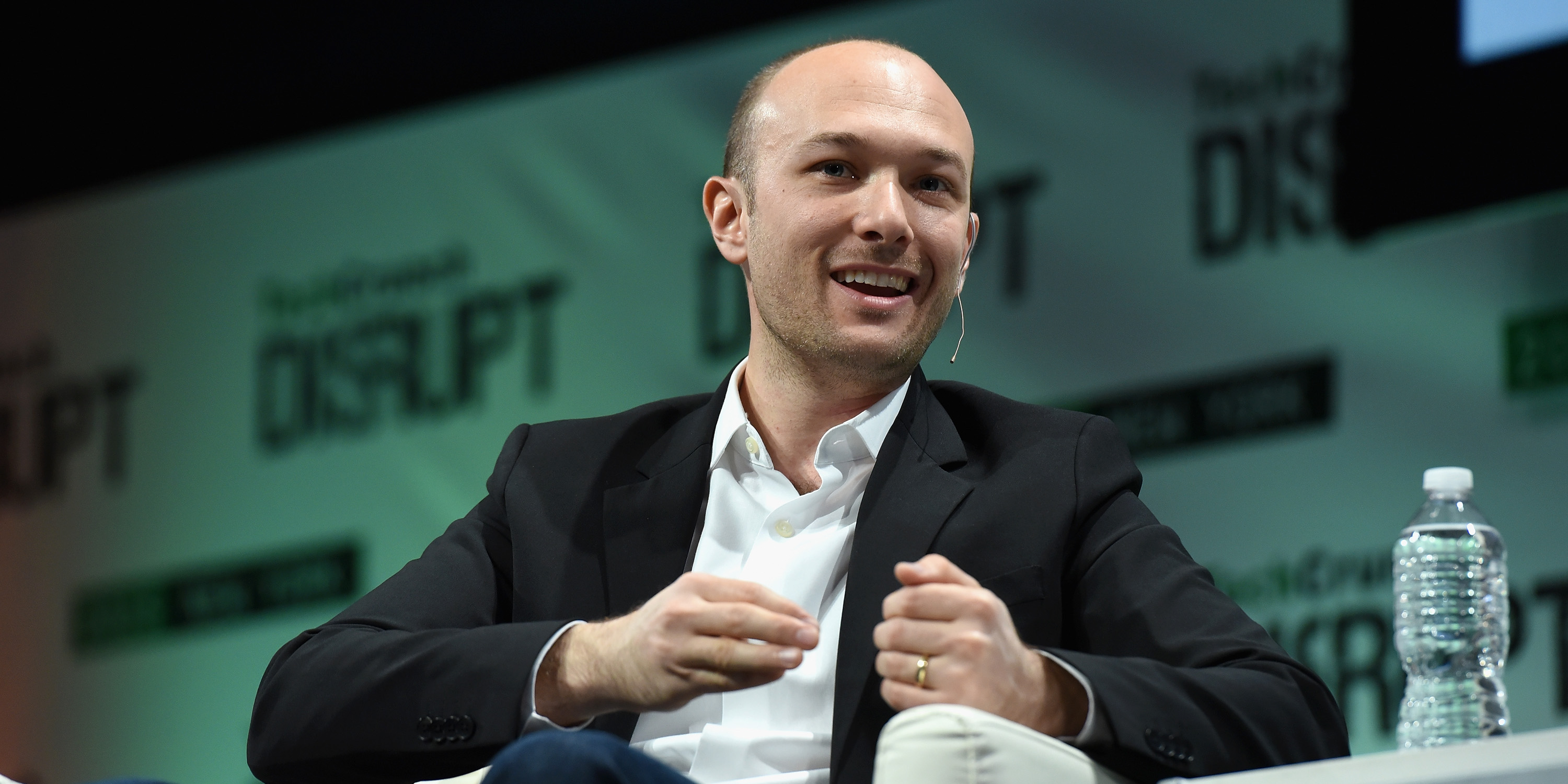- Lyft is set to hold its initial public offering on Friday.
- The company could net a valuation upward of $20 billion, based on the number of shares and current prices.
- Some Wall Street analysts have already launched coverage of the company and are decidedly bullish.
Ahead of its highly anticipated debut on the Nasdaq stock exchange on Friday, Wall Street analysts have begun to initiate coverage of Lyft. Most of the outlooks are positive, citing a huge market for ride-hailing and a company that’s still very quickly growing.
Lyft is expected to price at about $72 before it starts trading – at the high end of its updated $70 to $72 window from Wednesday. At that price, Lyft could feasibly see its public-market valuation hit $21 billion, raising the San Francisco-based company about $2.5 billion in the process.
But with the offering already oversubscribed, that valuation could go even higher, some analysts have said. After all, Lyft’s roadshow meeting in New York was standing room only, attendees told Business Insider, and the San Francisco stop was moved to a larger space amid protests at the originally planned location.
Here’s which Wall Street analysts have picked up the stock so far and what they’re saying:
D.A. Davidson: Rating: Buy; Price target: $75

Tom White, an analyst at D.A. Davidson, was the first to launch coverage of Lyft on March 19.
In his initiation, White pointed toward a massive societal shift to what he's calling "transportation-as-a-service," or TaaS (an homage to Software-as-a-service, or SaaS).
"Our BUY rating reflects LYFT's impressive recent U.S. market share gains and momentum, the continued growth/expansion of the broader Ridesharing market, and the stock's reasonable EV/Sales multiple," he said in a note to clients.
According to White, Lyft has boosted its market share in the US from 22% to 39% in the past two years. That's at least in part thanks to Uber's disastrous 2017, when the #deleteUber campaign helped Lyft nab some users from the competitor. It even acknowledged those gains in its public filing earlier in March.
Of course, there are also risks: "It remains unclear whether Lyft can be profitable as the #2 player in U.S. ridesharing, while still paying its drivers," White said.
Wedbush: Rating: Neutral; Price target: $80

Like Davidson's White, Daniel Ives of Wedbush points to massive growth in the transportation sector as a whole in setting his $80 price target for shares of Lyft.
"The ridesharing industry has become one of the most transformational growth sectors of the US consumer market over the past five years with Lyft establishing itself as a clear #2 player behind the worldwide leader Uber," Ives said in a note to clients on Wednesday.
Ives said Lyft has a "golden opportunity" in the $1.2 trillion transportation market, where US consumers spend $95 billion annually on public transportation.
"We think ultimately saying that the full amount of consumer spend being disruptable is a bit disingenuous but also doesn't mean that the opportunity isn't massive," Ives wrote. "The full amount is disrupted would mean consumers stop spending on cars completely."
That opportunity, however, doesn't come without competitive pressure from Uber, which could be as much as five times larger than Lyft when it goes public later this year.
"There are also a number of risks/uncertainty that we see in the crystal ball for Lyft including: competitive pressures, lack of a path to profitability in the near-term, regulatory uncertainty, and positioning within the next generation autonomous driving arms race," Ives said.
Morningstar: Economic moat: Narrow

Morningstar, traditionally a more conservative sell-side firm, has the highest valuation yet for Lyft's yet-to-trade stock - a total market cap of $24 billion - but said the company's economic moat may be smaller than investors may want.
"Lyft warrants a narrow economic moat and a stable moat trend rating, thanks to the network effect around its ride-sharing platform and intangible assets associated with rider, rides, and mapping data, which we think can drive Lyft to profitability and excess returns on invested capital in the future," the analyst Ali Mogharabi said in a note to clients earlier this month.
Like others, Morningstar points to a well-rounded network of transportation options inside the Lyft app. The company's acquisition of Motivate gave it the upper hand on Uber, whose Jump Bikes are in a smaller footprint compared with Motivate, which operates in most major US cities.
"In contrast to Uber, Lyft is not focused on food transportation or logistics," Mogharabi said. "We like Lyft's relatively narrower focus on consumer transportation but still note that Uber has an edge on Lyft in terms of an earlier start, higher market share, and a stronger network effect around its service. "
This list will be updated as more analysts launch coverage of Lyft.

